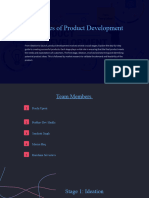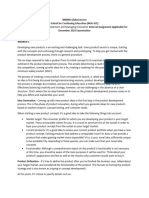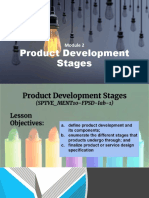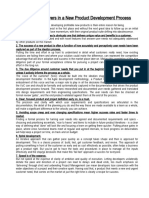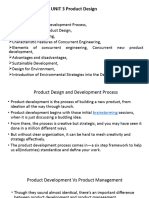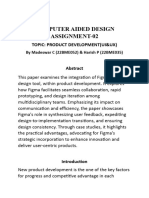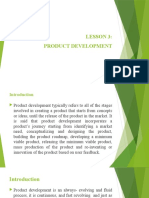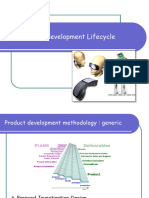Product Development Part 1
Review of Product Development in Software Development
Introduction
Product development in software development is a dynamic and multifaceted process that demands a blend
of technical expertise, creativity, and strategic planning. It transforms abstract ideas into functional,
user-centric software products. This review examines the critical aspects of product development within
the software industry, from ideation to launch, focusing on methodologies, challenges, and key success factors.
Phases of Product Development
1. Ideation and Conceptualization
The product development process begins with identifying a problem or opportunity in the market.
This phase involves:
- Market Research: Understanding user needs, competitors, and market trends.
- Problem Definition: Pinpointing a specific issue to address.
- Solution Brainstorming: Generating ideas for a viable product.
Tools such as SWOT analysis, user personas, and customer journey mapping are often employed to align
the product concept with market demands.
2. Planning and Design
- Requirements Gathering: Collaborating with stakeholders to define functional and non-functional requirements.
- Prototyping: Creating wireframes or mockups to visualize the user interface and core functionalities.
� - Technology Stack Selection: Deciding on programming languages, frameworks, and tools.
Agile practices, such as iterative design and development, enhance flexibility and responsiveness during this stage.
3. Development and Testing
Development is the heart of the product lifecycle, where coding transforms ideas into reality.
Practices like Continuous Integration (CI) and Continuous Deployment (CD) ensure faster delivery cycles.
Simultaneously, testing-both manual and automated-ensures quality, security, and performance.













